Fizjoterapia klatki piersiowej kierowana elektryczną tomografią impedancyjną u pacjentów oddziału intensywnej terapii z chorobami płuc: wprowadzenie do metodyki i realizacji w praktyce
Discussion
Physiotherapist’s point of view
Based on the positive results of this study, the EIT-guided CPT became a routine training program for our physiotherapists in the department. With a half-day training time, colleagues are able to manage the use of EIT to guide the therapy. Taking the assessment of secretion retention in the lungs for example, with airway clearance therapy such as thorax expansion and assisted cough technique, a certain amount of airway secretions can be drained. When the CPT is performed without the guidance of EIT, auscultation is conducted to confirm the effectiveness. The disappearance of moist rales in a lung lobe imply that the secretions have been cleared. However, if the moist rales are still heard in another lobe, it is unknown whether this is caused by secretion retention. If EIT is available and poor ventilation is noted in the lung lobe with persisting rales, further airway clearance therapy will focus on this lung region. Nevertheless, due to the limited parameters available in the online software of the EIT device, the interpretation of the patient status according to the images and the development of the corresponding treatment plans were intuitive but still subjective. In the future, standardized data analysis and treatment strategies should be developed and validated.
Patients’ point of view
The advantages of CPT are not well advertised. Based on the internal statistic for previous years, the patient dropout rate of CPT program was 11.0% which was higher than 6.8% in the present study. Some patients are reluctant to cooperate with the physiotherapists during the treatment program because they do not think CPT can help them. The patients might not be able to feel the improvement within the first couple of sessions. With the intuitive visualization and real-time feedback from the EIT images, the patients can better understand the rationale of the treatment, as well as the improvement in regional ventilation distribution. The cooperation and compliance of the patients during the treatment sessions are increased with the help of EIT, which can be observed in daily practice and measured through patient-reported outcomes. Hereby the feedback from a patient who received EIT-guided CPT was quoted: „I knew how to work on my lung during breath training. I understood my lung condition and why I need to receive CPT to improve the breathing pattern and cough”.


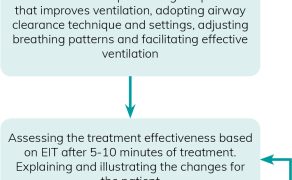
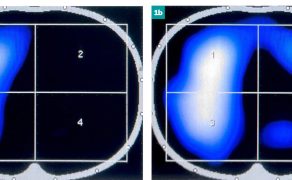
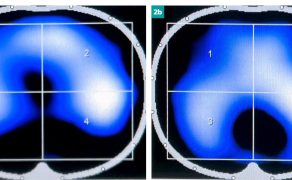
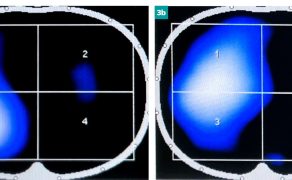
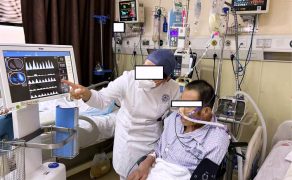

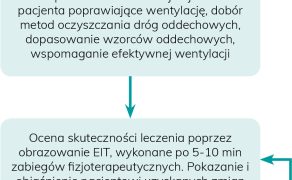
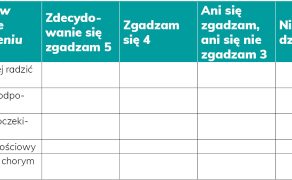
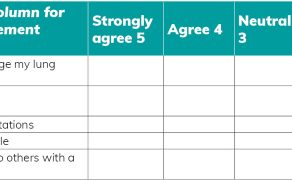
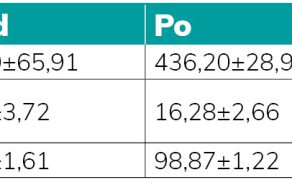
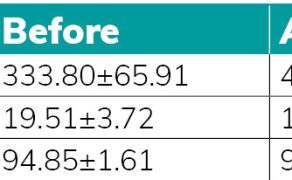
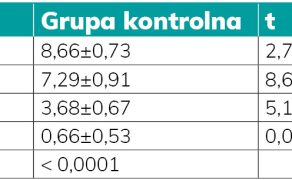
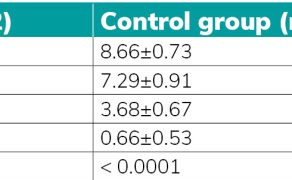
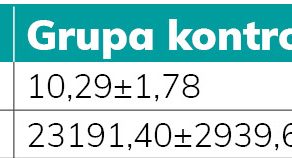
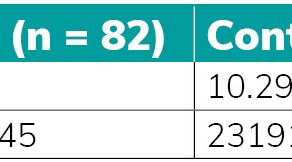



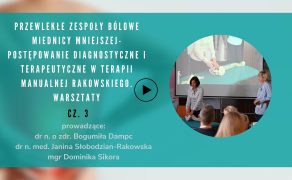
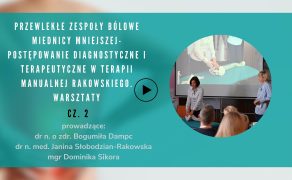
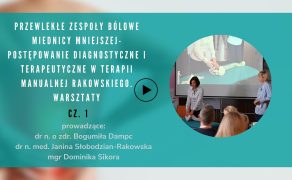
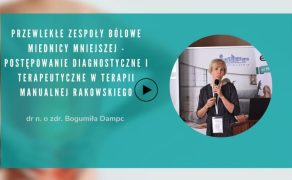

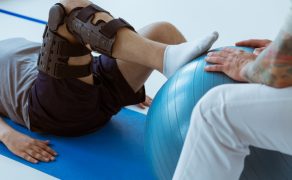



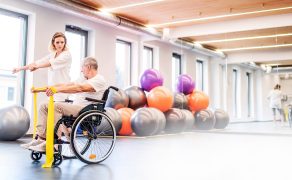
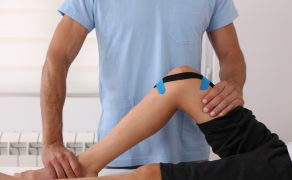
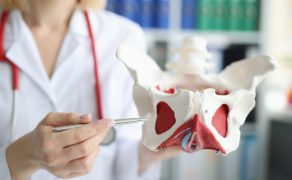
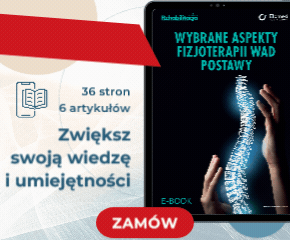
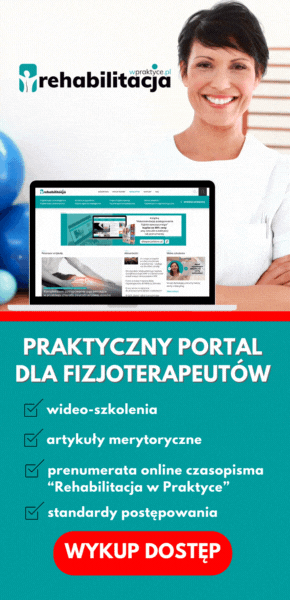
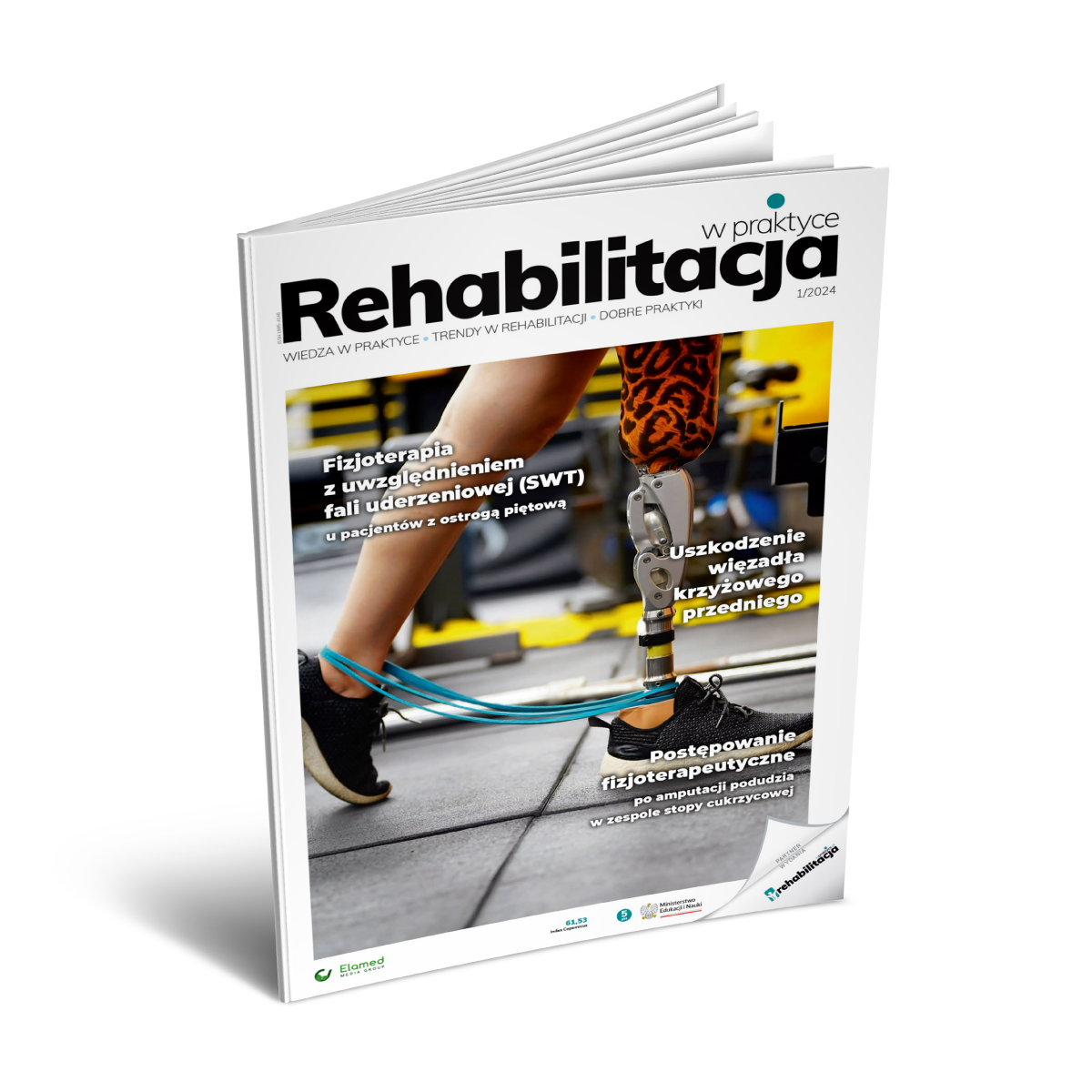
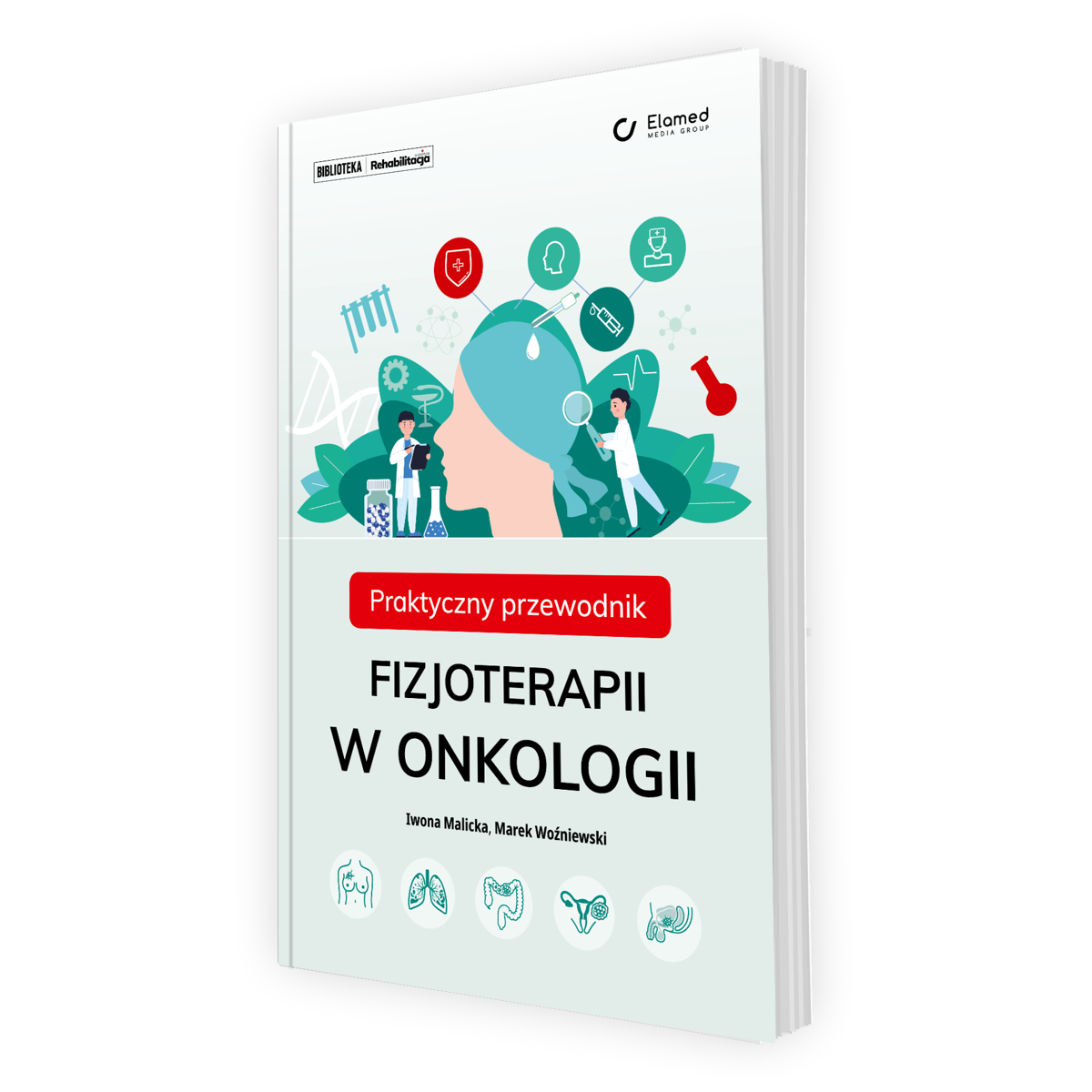
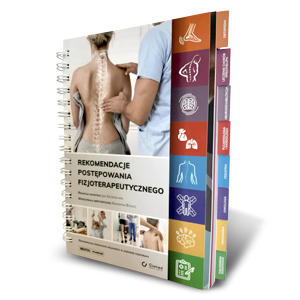
![Wybrane aspekty fizjoterapii wad postawy [E-BOOK]<br />
<br />
<br />](https://rehabilitacjawpraktyce.pl/wp-content/uploads/sites/12/2024/03/RWP_wybrane_aspekty_fizjoterapii_wad_postawy_1200x1200.png)
